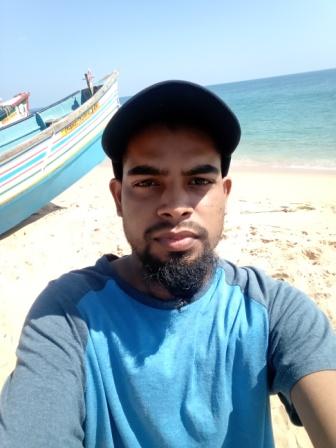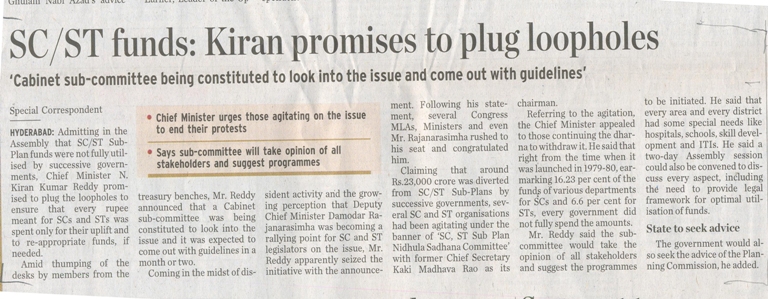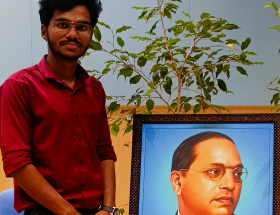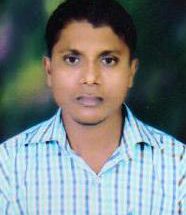Ibin Nayakam
My friends and I, youngsters from the fishing community, were playing football on the shore as we often do. Suddenly, we saw a line of pink stones on the shore. We used them as goalposts for our game that day. But the pink stones revealed a great injustice that was about to befall us, the fisherfolk, at the hands of the self-proclaimed communist government in Kerala. The coastal highway, a massive project, requires the entire coast of Kerala for its development.
The 625-kilometer coastal highway runs parallel to the Arabian Sea in Kerala, India. The total estimated cost of the project is ₹6,500 crore, which is being borne by KIFBI. The Detailed Project Report (DPR) of the project has not even been released. They did not even conduct a social impact study and an environmental impact study. Also, The government has not discussed the project with any fishermen’s organizations or village groups. But they have only provided details of the project on the government’s online websites to this illiterate community. However, they have already begun the preliminary land acquisition proceedings for the project without taking any of the necessary steps. The revenue department has now decided to lay pink stones as part of the land demarcation process. It is clear that the government in Kerala does not consider the fishing community as human beings, but rather as slaves who have no opinions and always obey their masters.
But, the mainstream media is celebrating this project by hyping its rehabilitation package, with headlins like: “Special rehabilitation package for coastal highway land acquisition”; “Rehabilitation package for Kerala’s Coastal Road project best in country,” and “Kerala to compensate landowners & landless for coastal highway project.”
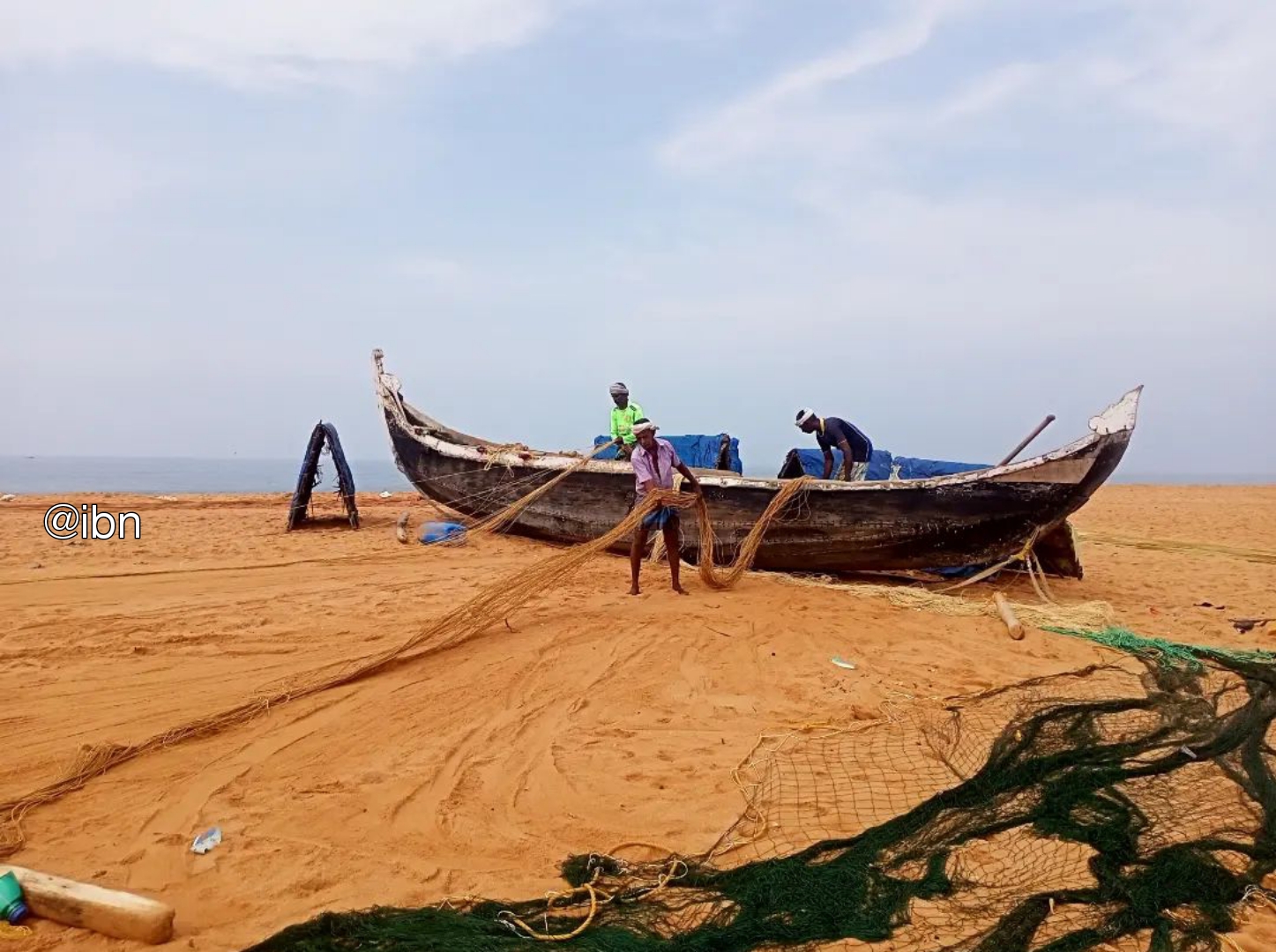
It is true that the government has announced compensation of 13 lakh rupees for people who have land ownership and a flat far from the coast for those who do not. As a first-generation graduate from this marginalized community, I believe that people should understand one thing before they take the stance of embracing rehabilitation whenever a so-called development project comes to the coast.
This is happening due to the lack of clarity that the government wants the mainstream media to maintain. What does clarity mean? It means that whenever we report an issue that has happened to the fishing community, the media should explain what type of problem it is. This is because there are many problems that affect the fishing community, such as climate change, workplace hazards, discrimination, unscientific ship ports that kill people (like Muthalapozhi Harbour in Kerala), and other social and health problems. However, the coastal highway is not like these other problems. It is a purely land issue for coastal people.
It is clear that fisherfolk are very vulnerable when they are facing a land issue because they do not have any laws that protect their land rights. In this country, for forest communities, at least we have the Scheduled Tribes and Other Traditional Forest Dwellers (Recognition of Forest Rights) Act, 2006 (FRA). This Act recognizes the rights of forest-dwelling communities to own, manage, and use forest resources. These rights include the right to collect, use, and sell minor forest produce, the right to graze livestock, and the right to build homes and other structures in forests.
However, we do not have any land rights like this for the fishing community, even though land is a fundamental human right. The United Nations General Assembly adopted the Declaration on the Rights of Indigenous People in September 2007. This Declaration protects indigenous peoples’ rights to their collective bio-cultural heritage as a whole, including traditional knowledge and resources, territories, and cultural and spiritual values and customary laws. According to Article 26 of the Declaration, indigenous peoples have the right to the lands, territories, and resources which they have traditionally owned, occupied or otherwise used. They have the right to own, use, develop, and control these. States shall give legal recognition and protection to these lands, territories, and resources.
However, in this country, there are no laws at all that protect the land rights of indigenous fisherfolk communities. This is despite the fact that the fishing sector is a major contributor to the country’s economy and provides employment to millions of people and generates crores of rupees in revenue. According to the Economic Survey of India 2021-22, the fisheries sector contributed 1.24% to India’s gross value added (GVA) in 2020-21. This means that the fisheries sector contributed ₹53,789 crore to India’s GDP in 2020-21.
The fisheries sector is a major contributor to the agricultural GVA, accounting for 3.98% of the agricultural GVA in 2020-21. This means that the fisheries sector is more important to the agricultural sector than it is to the overall economy.
However, due to existing social discrimination and marginalization in the name of jobs and culture, this 1.45 crore fisherfolk population does not have community growth nationwide.
Due to the lack of awareness, people do not know how to resist these disastrous projects that come to the coast.
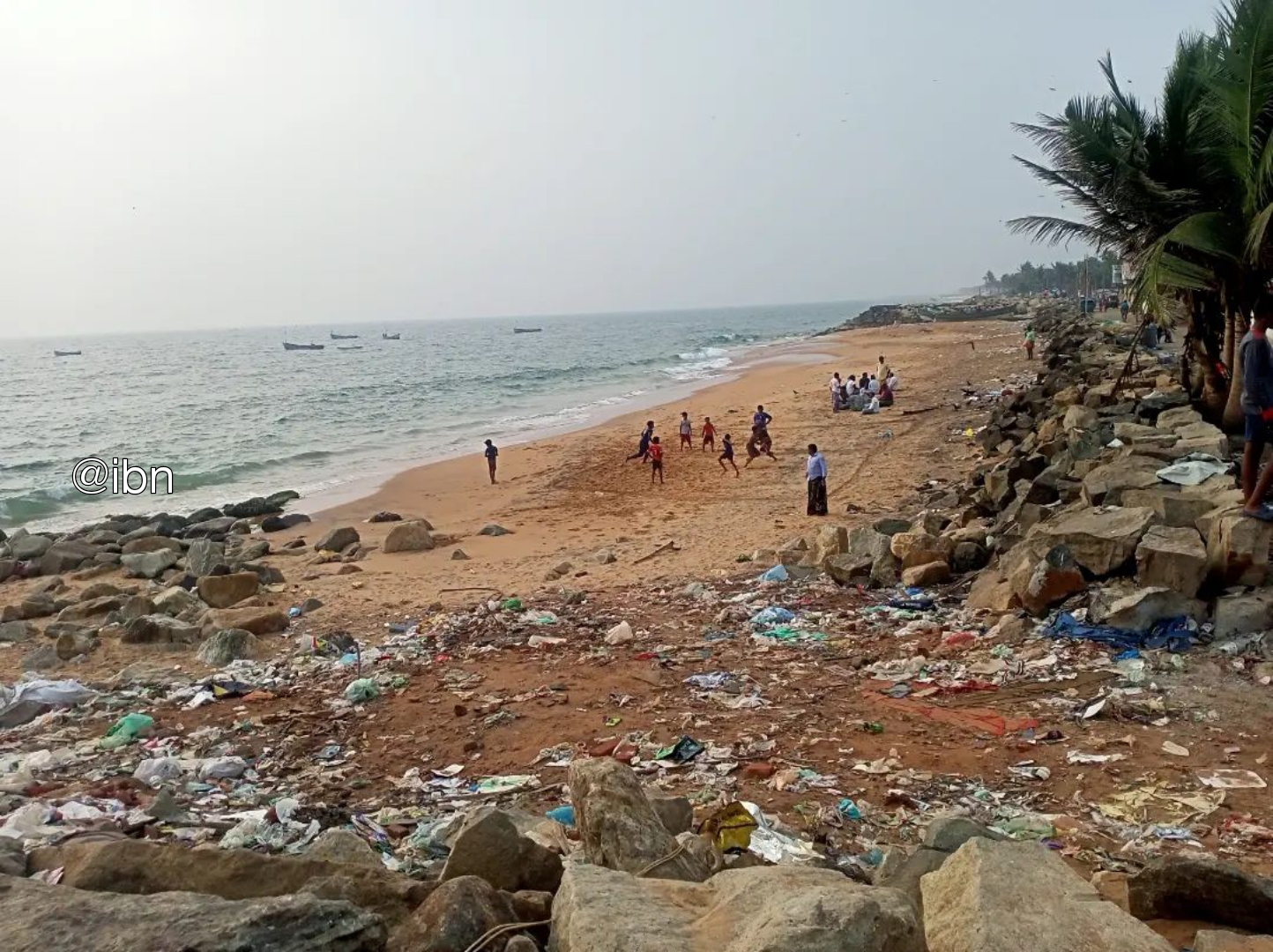
Current land rights injustice happening to fisherfolk
I am living in my great grandfather’s home, which still does not have property rights. He built his home at the age of 20, and he would be celebrating his 100th birthday if he were still alive. In the past 80 years, we have not been able to obtain land ownership. However, after checking the records, I have come to understand that this is not an individual issue, but a community issue. Most people in this community are facing this problem.
The government seems to think that land ownership is something that grows in their kitchen gardens, and that they can distribute it to the poor people like charity whenever they are in a good mood. This is a shame!
A reminder of Historical resistance of fishermen
King Marthanda Varma of Travancore (Old southern kingdom in Kerala) pursued an expansionist policy, threatening the Dutch interests in the region. The Dutch relied on these kingdoms for their spice trade, but Travancore’s refusal to uphold the Dutch monopoly agreements disrupted their business. In response, the Dutch Governor proposed military action to safeguard their trade. A coalition of local kings was formed, and the Dutch launched a war against Travancore with the help of soldiers from Ceylon. The early campaign saw success for the Dutch and their allies, pushing the Travancore army to retreat from Kollam to Tangasseri.
However, when the king allowed the fishermen to fight alongside the army, the tide of the war changed. Eustachius de Lannoy was the Dutch admiral who led the Dutch East India Company’s forces in the Battle of Colachel, which was fought on August 10, 1741. The fishermen, along with this army, cut many Palm Trees to replicate the Dutch’s Cannon, and placed them along the coast, which threatened the Dutch army in fear. The fishermen also used a variety of weapons in their attacks, including spears, swords, and bows and arrows. They also used their knowledge of the local waters to their advantage, and they were able to launch surprise attacks on the VOC ships and factories. The battle was a decisive victory for the Travancore fishermen forces.
The Dutch were defeated and forced to withdraw from Travancore. It marked the end of Dutch dominance in the region. The defeat was a major blow to the Dutch, and it marked the beginning of their decline as a colonial power in India.
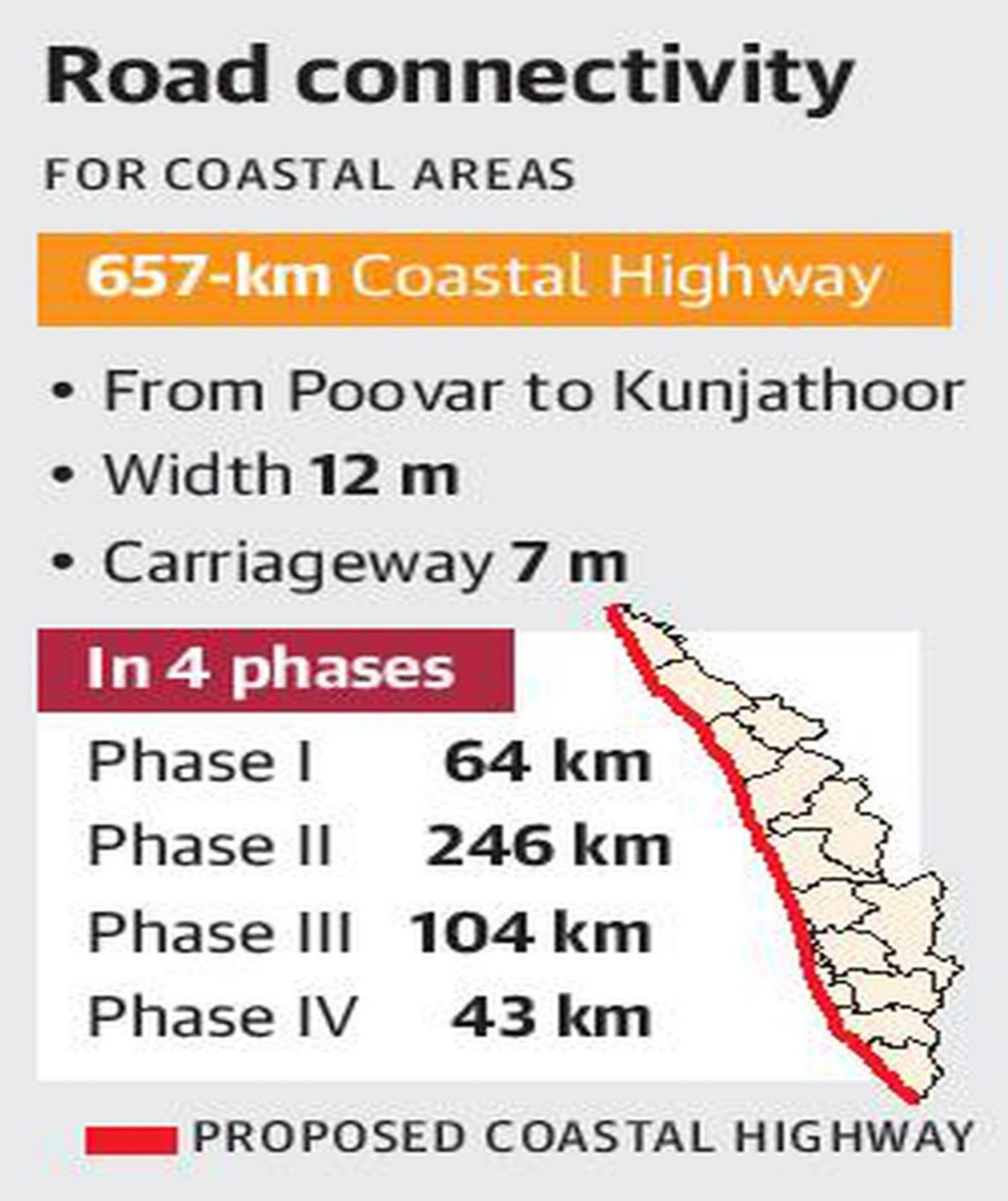
The Dutch never fully recovered from the defeat at Colachel. They continued to trade in India, but they no longer posed a major colonial threat. The Battle of Colachel is considered to be one of the most important battles in the history of India, and it is a reminder of the power of indigenous resistance to colonial rule. But through an Adani ship port and this current coastal highway project of Kerala , the government wants us to leave the land we safeguarded from the colonial forces. The government’s intention is visible now that they only want us, the fisherfolk, to give our land for their blue economy. So that they can over-fish the sea, mine the ocean bed, and build their tourism spots. And eventually the owners of this land become refugees.
See this government flats, it is at least four kilometers away from the coast. How do they expect traditional fishermen to come to the sea for their daily earnings? Where will they place their nets, boats, and other fishing equipment? Without getting fish from their neighborhood, the old fish-selling women, how will they continue their entrepreneurship? What fundamentally makes the fisherfolk, the fisherfolk? Simply, only the link between the people and their coast!
The coastal community is not a community like any dominant caste class community which possesses enough social capital in the current society. If they displace us from our land connected with the ocean and shore, we become more vulnerable and will face more discrimination than when we are on the coast. And these current schemes which support fishermen, fisherwoman and their children too with scholarships — everything will come under threat. These schemes provide essential services, such as education and healthcare, that will be lost if the fishermen are displaced.
Currently the fishermen live a life like self-dependent people, we have our ancestral resource the ocean for food and survival. But once they displace us, what jobs will they provide the illiterate fisherfolks? How will they treat fishermen elders in mainstream villages? Make them slaves of the mainstream. They lose their voice. They lose their power.
If they build this coastal highway without understanding this social consequences, the Army of Kerala, according to CM Pinarayi Vijayan, the fishermen who rescued more than 60000 people according to records (when the Indian Navy rescued only 5000 people) become inferior, landless, poor men. Who would be fishing with hooks from the seaside, sitting on the edge of the road as a catchy picture for the tourists to capture. And they can put that picture into their social media pages with a sympathetic quote–even if they know there is no use!
~~~
Ibin Nayakam is a first generation graduate from a coastal fishing community in Kerala. He completed his Masters in Mass Communication from Central University of Jammu (2022) and worked at regional online newspapers and coastal community radio for two years (2019-2021).

